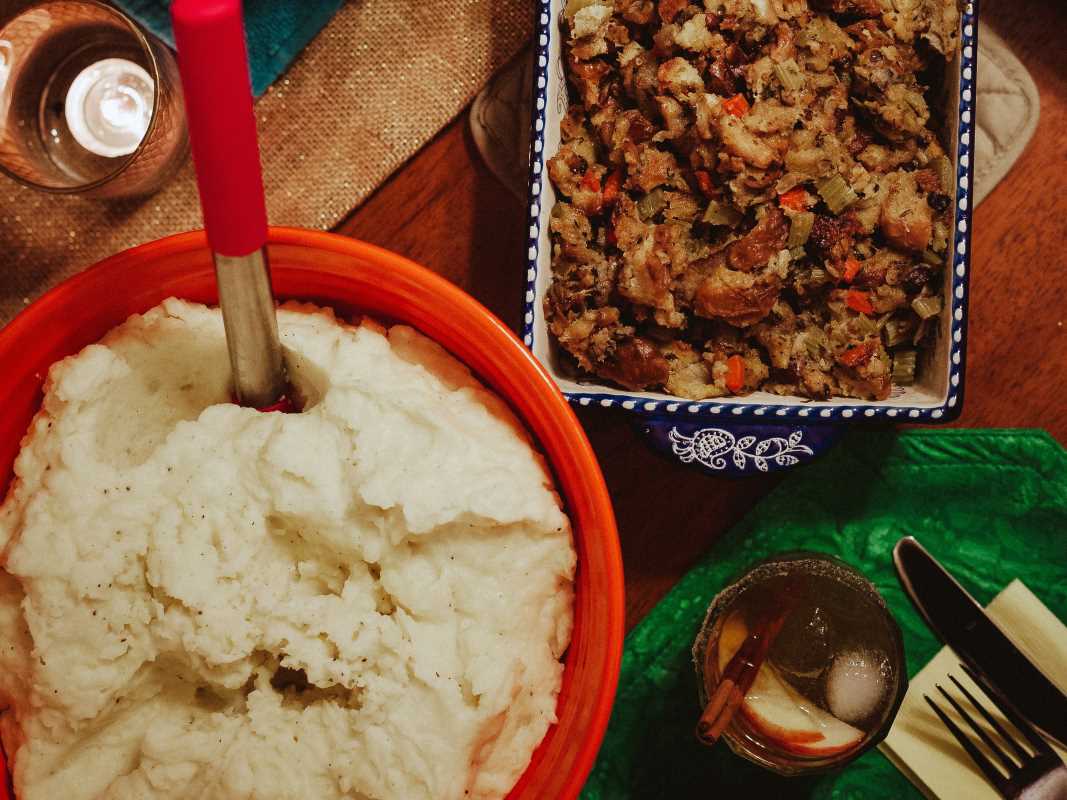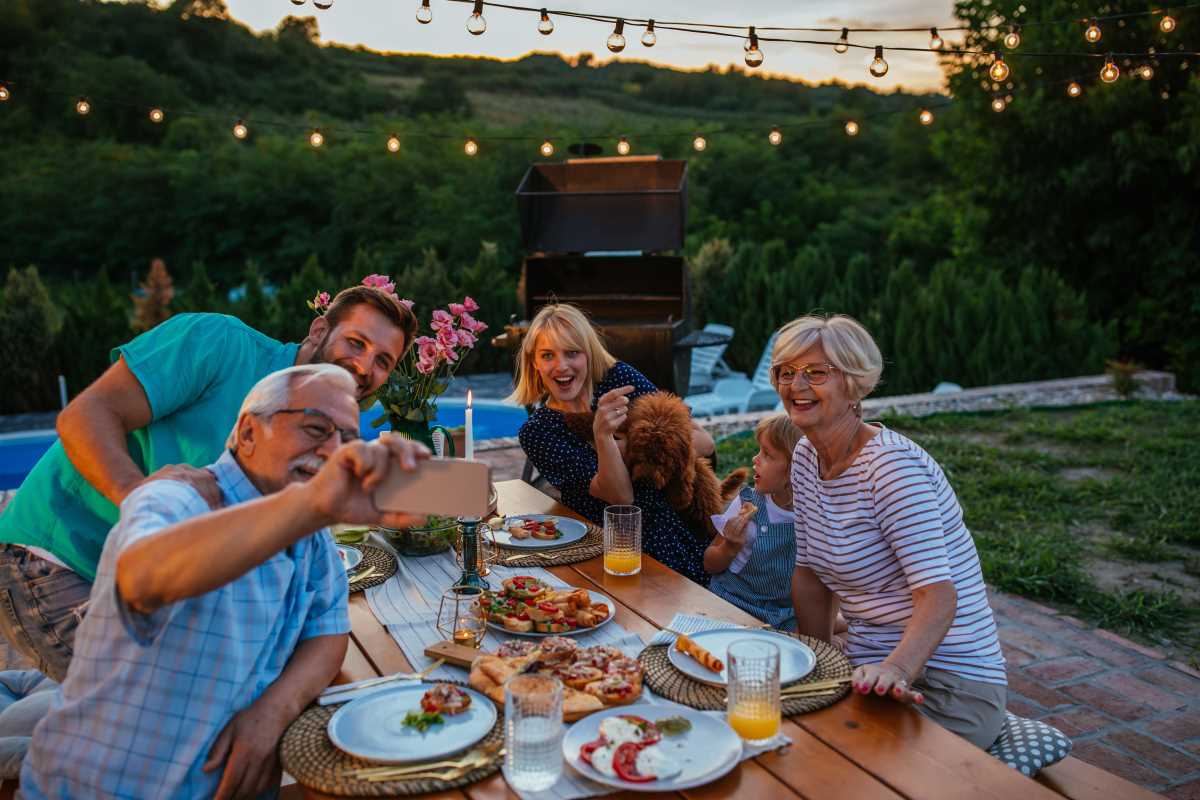A stroll through social media will tell you just how popular do-it-yourself (DIY) hobbies are becoming again. From homemade pottery to intricate embroidery, people everywhere are picking up hobbies that our grandparents likely had on lockdown. But why now? What’s driving this new wave of hands-on creativity? For young professionals juggling careers, screen time, and social lives, DIY hobbies have become much more than simple pastimes. They’re tools for self-discovery, relaxation, and even personal growth.
This article will explore why DIY hobbies are experiencing a renaissance, the benefits they offer, and how to figure out which craft is right for you.
Why Are DIY Hobbies Back in Style?
DIY hobbies aren’t exactly a new trend. Our grandparents crocheted, our parents scrapbooked, and our siblings may have dabbled in knitting. But today, there's been a radical shift in how these hobbies are viewed. They’re no longer seen as your grandma’s pastime; they’re a full-fledged movement. Multiple factors are fueling this comeback, and each one points to society’s evolving priorities.
The Rise of Work-Life Balance
Over the past few years, there's been a growing emphasis on work-life balance. Young professionals are becoming more aware that “grinding” 24/7 isn’t a sustainable lifestyle. DIY hobbies offer a change of pace from stressful workdays. They’re tangible activities where you can unplug from your inbox, put your phone away, and create something meaningful with your hands.
Unlike answering emails or sitting through late Zoom calls, crafting or building something offers a reward you can actually see. You can hold that finished knitted scarf in your hands or admire a completed wooden birdhouse and truly feel like you’ve accomplished something.
The Pandemic Shift
The COVID-19 pandemic flipped our routines upside down, forcing people to stay home and find new ways to pass the time. With gyms, restaurants, and travel on hold, DIY hobbies became a lifeline for many. Baking bread, painting, sewing, and even soap-making exploded in popularity. What started as a way to stay busy turned into a long-term love for many.
This cultural reset created room for hobbies to thrive, and many discovered just how satisfying it can be to make something from scratch. Now, even as the world opens back up, the appeal of DIY persists.
Social Media Inspiration
Platforms like TikTok, YouTube, and Instagram have also played a huge role in making DIY hobbies cool again. Watching someone effortlessly customize a jacket with embroidery or transform a plain bar of clay into a gorgeous vase can be incredibly inspiring. These platforms offer endless tutorials and step-by-step guides, making it easy for beginners to jump into a hobby.
What’s more, sharing your own finished work online can give a sense of accomplishment and community. The #DIY hashtag has billions of views, showcasing everything from miniature dollhouses to elaborate resin jewelry.
A Desire for Authenticity
We live in a world dominated by mass production, where nearly everything we own is made in a factory. DIY hobbies allow young professionals to reconnect with the process of creating. It adds authenticity to our lives. Instead of buying something off the shelf, making it yourself feels real, personal, and special.
How DIY Hobbies Improve Your Life
Hobbies have always held value, but DIY crafts bring something extra to the table. For young professionals who face constant deadlines or spend hours in front of their laptops, these activities go beyond simple entertainment.
Mental Health Benefits
One of the biggest reasons people are flocking to DIY hobbies is the impact they have on mental health. Activities like knitting, painting, or woodworking are meditative. The repetitive nature of these tasks helps calm an overactive mind and can even help reduce symptoms of anxiety or depression.
Research has found that hands-on hobbies improve focus and mindfulness. When you’re weaving a macrame plant hanger or painting a landscape, you’re fully absorbed in the present moment, which can feel like a huge relief from everyday stressors.
A Sense of Accomplishment
How often do we feel like our to-do lists are never-ending? Working on a craft from start to finish provides a sense of closure and accomplishment that’s often hard to find elsewhere. Whether it’s finishing a crochet blanket or finally perfecting a homemade candle, that feeling of “I did that!” is immensely rewarding.
Boosts Creativity
DIY hobbies inevitably push you to flex your creative muscles. Even the most basic projects make you think about color combinations, patterns, and problem-solving. These skills spill over into your professional life, as creativity is linked to better problem-solving and innovative thinking.
Strengthens Patience
Many DIY projects take time, especially if you’re learning a new skill. This challenges you to be patient and persistent. Messed up that paint stroke? Dropped a stitch in your scarf? That’s okay. Learning how to fix mistakes without giving up strengthens resilience, which benefits you in both work and life.
How to Decide What DIY Hobby Works for You
If you’re ready to dip your toes into DIY but aren't sure where to start, don’t worry. There’s no single “right” choice. The perfect hobby for you will depend on your personality, interests, and even how much time you’re willing to invest.
Ask Yourself What Excites You
Think about the activities that already bring you joy. Do you love the idea of making something beautiful to display, or does practical functionality appeal more to you? Artistic people might lean toward painting, sketching, or pottery, while others may enjoy sewing, gardening, or building something useful like furniture.
Consider Your Time and Budget
Some hobbies require more of an upfront investment than others. If you’re not ready to splurge on tools, start with something simple and affordable like embroidery or drawing. On the other hand, if you’re willing to invest in a bigger project, woodworking or resin crafting might be more your style.
Time is another factor. If you can only carve out 30 minutes a day, pick a hobby that’s easy to pause and resume, like knitting. But if you have whole weekends to dedicate, you might enjoy more intricate projects like furniture refurbishing or dyeing fabric.
Dabble Before You Commit
Not sure if a hobby will stick? That’s okay! Thanks to YouTube tutorials and affordable beginner kits, it’s easy to test the waters with different crafts. Try out a few options until you find the one that sparks your passion.
Popular DIY Hobbies to Explore
If you’re looking for inspiration, here’s a list of some popular DIY hobbies that are trending right now.
- Knitting or Crocheting: Great for cozy scarves, blankets, or even trendy tote bags.
- DIY Pottery: Sculpt your own mugs, bowls, or decorative vases.
- Candle Making: Create unique scented candles to add a personal touch to your home or gift others.
- Woodworking: From simple cutting boards to elaborate furniture, woodworking offers endless possibilities.
- Painting: Experiment with watercolor, acrylics, or even digital painting on a tablet.
- Gardening: Whether it’s an indoor succulent collection or a backyard vegetable garden, gardening is incredibly fulfilling.
- Resin Crafting: Perfect for making jewelry, trays, or decorative coasters.
- Soap Making: Customize colors, scents, and ingredients for handmade bars of soap.
The Bigger Picture
At its core, the comeback of DIY hobbies reflects a desire for balance, purpose, and connection. When constant notifications and busy schedules leave us drained, these hobbies offer creativity, calm, and the satisfaction of building something with our own two hands.
The beauty of DIY is that it’s deeply personal. No matter where you start, you’re creating something that reflects your own style and effort. Plus, in a world saturated with identical, mass-produced products, there’s something special about holding a one-of-a-kind item you made yourself.
Does the idea of starting a DIY project excite you? Good! Pick something simple, grab some supplies, and get started. You might just discover a lifelong passion.
 (Image via
(Image via





